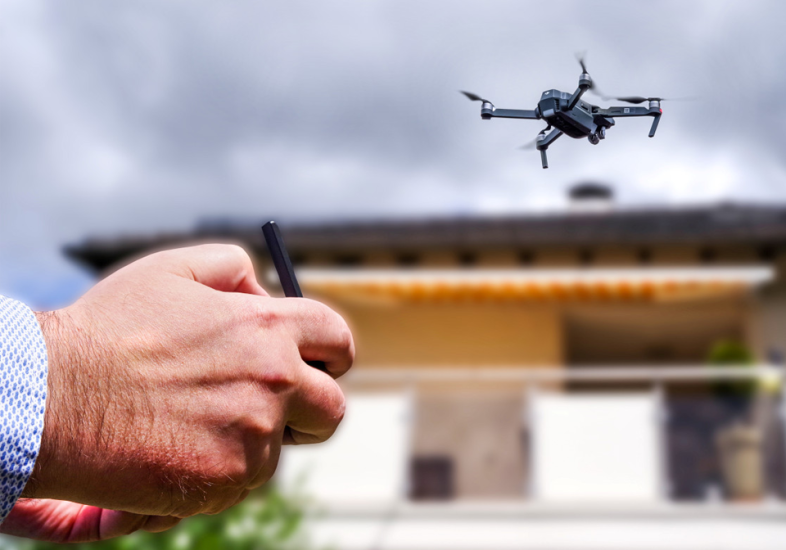Australia’s Civil Aviation Safety Authority (CASA) has released a Temporary Management Instruction (TMI) to help streamline the approval process for operators applying for drone operations using the Specific Operations Risk Assessment (SORA) methodology.
This TMI provides alternate methods to be used by industry for SORA version 2.0 based applications, and by CASA for application assessment. This includes an alternate method to calculate the final ground risk class through an updated intrinsic ground risk class (iGRC) table, amendment to the ground risk mitigations, and an optimal grid resolution table.
The TMI does not replace the published JARUS SORA documentation but is intended to be used to complement industry application and CASA assessment of uncrewed aerial systems (UAS) operations by defining population density quantitatively and qualitatively.
CASA says that the alternate iGRC table better facilitates ground risk assessment for UAS operations in areas with low population density. Use of the alternate iGRC table is optional.
The TMI also details an optimal grid resolution table to help determine ground population densities. CASA says these grid resolutions should be used for any SORA application.
Feedback from CASA staff on the direction and efficiency of the TMI will be reviewed and considered, with a view to further developing the requirements related to the application of the SORA methodology in Australia.
For more information




